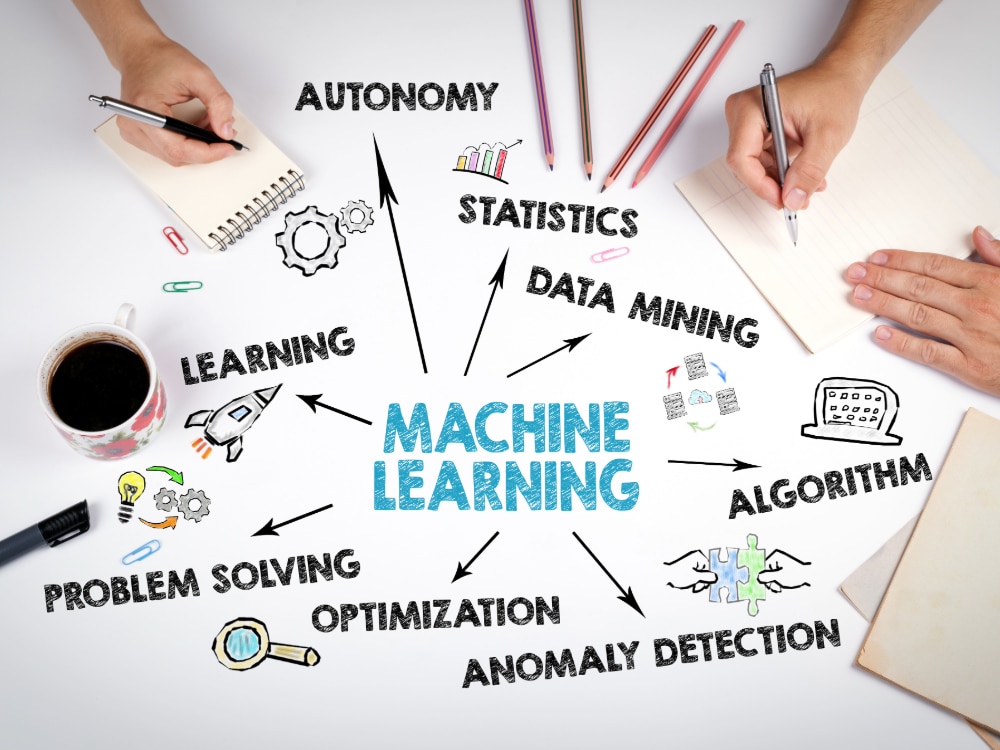Revolutionising Leak Detection in Smart Buildings for Long-Term Resilience
At Rommel Ltd, we understand the critical importance of maintaining buildings’ integrity and resilience. As a provider of on-site leak detection testing services, we have seen firsthand the benefits of using our technology to locate leaks. But what if you could design your buildings not to require an ambulance at the bottom-of-the-cliff approach to leak detection?
Research undertaken by Mohd Yussof and Ho HW (2022, Buildings) showed significant advancements in integrating innovative technologies into facilities management. We are excited to share insights on the new era of leak detection technologies you could incorporate into your next project. These advancements enhance building safety and ensure quality assurance and long-term resilience against potential damages.
Embracing Advanced Technology for Superior Leak Detection and long-term Resilience
These advancements in leak detection have been driven by industries’ adoption and implementation of cutting-edge computer science technologies, particularly artificial intelligence (“AI”). Using AI, predictive algorithms have been created to identify potential leaks before they become problematic.
With buildings moving from intelligent to smart, to thinking, advanced image processing techniques, like the q-sigmoid function, significantly enhance image contrast, making it easier to spot leaks even in densely packed infrastructure layers.
Machine Learning (ML) models, including Support Vector Machines (SVM) and Convolutional Neural Networks (CNN), are powerful tools used in the domain of leak detection within smart or “thinking” buildings to enhance both the accuracy and efficiency of identifying potential leaks. Here’s how each of these models contributes to the process:
Support Vector Machines (SVM)
Support Vector Machines are supervised learning algorithms that can be used for classification and regression challenges but are most commonly used for classification problems. In the context of leak detection in buildings:
– Classification of Data: SVM can classify and distinguish between regular operational data from sensors and anomalies that signify leaks. By training an SVM with examples of typical sensor readings and examples of readings taken during past leaks, the SVM model can learn to identify subtle patterns or deviations indicative of a leak.
– Feature Separation: SVM works effectively in high-dimensional spaces (with many sensor inputs, for instance), using hyperplanes to separate different class labels (regular vs. leak). This model is beneficial when differentiating between closely overlapping states, such as humidity variations caused by environmental factors versus leaks.
Convolutional Neural Networks (CNN)
Convolutional Neural Networks are particularly suited to parsing visual data, making them useful when leak detection systems use visual or image-based inputs (such as infrared images or real-time video feeds from within pipelines). In leak detection:
– Image Processing: CNNs can analyze pixel-level data from images to detect inconsistencies such as damp patches, mould formation, or corrosion that may indicate leaks. These models identify spatial hierarchies in images, where lower-level features like edges are used to inform higher-level features like shapes (such as the outline of a water stain).
– Feature Learning: Unlike traditional approaches requiring manual feature extraction, CNNs automatically detect important features without human supervision. This aspect is crucial for adapting to diverse building environments where the indicators of leaks may vary significantly.

Combined Application in Smart Buildings
In smart buildings, these models can work together or separately to monitor and analyze data continuously from various sensors like moisture sensors, thermal cameras, acoustic sensors, and more. Here’s how they integrate:
– Data Fusion: Machine learning models can handle data from multiple sources (sensor fusion), enhancing the prediction and detection capabilities across a building’s monitoring system.
– Real-Time Processing: SVM and CNN can process data in real time, providing timely alerts to building management systems (BMS) about potential leaks, allowing immediate action to mitigate damage.
Learning and Adaptation: As more data is collected, these models can improve over time, learning from new leaks and adapting to changes in the building’s usage pattern, which may affect its moisture and thermal profiles.
Thus, using SVM and CNN in thinking buildings represents a sophisticated approach to maintaining modern facilities’ structural integrity and operation efficiency. By leveraging these advanced machine learning techniques, buildings become reactive in addressing issues like leaks but proactive in preventing them, ensuring sustainability and safety for occupants over time.
Leveraging State-Of-The-Art Hardware and Software Solutions
Through technologies such as Acoustic Emission, Ground Penetration Radar, and Infrared Thermography, each method has its unique strengths, from identifying the subtle sounds of a leak within complex systems to exploring below the surface with radar and pinpointing unusual heat patterns associated with moisture buildup.
If these technologies are powered by Convolutional Neural Networks (CNN), they can play a crucial role in processing and interpreting the diverse data our hardware collects. This synergy between hardware and software ensures that the future of building leak detection is accurate and detailed, providing a comprehensive view of potential issues.
Smart Building Integration for Proactive Monitoring
Integrating these technologies into the IoT (“Internet of Things”) framework of smart buildings could transform how building resilience is approached. IoT-enabled sensors could continuously monitor various environmental parameters, alerting building managers in real-time to any anomalies that might suggest a leak. This proactive monitoring system would be user-controlled, empowering occupants and managers to react swiftly, mitigating potential damages and maintaining operational continuity without interruption.
This IoT integration does not merely detect; it helps prevent. By keeping a vigilant watch over the health of the building, these smart systems contribute significantly to preventing costly and disruptive damages, thereby ensuring the long-term resilience and durability of the infrastructure.
Committing to the Future
The advancements in technology available now will change what it means to manage and maintain smart buildings efficiently. If you integrate a technology-driven approach to leak detection, you will not only prevent potential issues but also set new standards in building management.
If you aren’t ready yet for smart building integration, there’s no need to worry. You can always turn to Rommel for building inspections and leak detection services. Rommel is here to offer assistance and support in maintaining the structural integrity and safety of your building. Feel free to contact Rommel for professional services tailored to your specific needs.
Mohd Yussof NA, Ho HW. Review of Water Leak Detection Methods in Smart Building Applications. Buildings. 2022; 12(10):1535. https://doi.org/10.3390/buildings12101535

